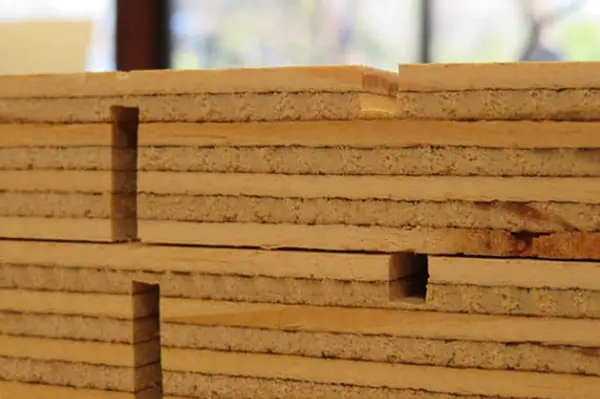Plywood, a versatile and widely used material in construction and furniture manufacturing, owes its popularity to its strength, durability, and adaptability. One of the critical aspects that determine the quality of plywood is its bonding quality. The bonding of plywood layers, known as veneers, directly affects the material’s performance, longevity, and suitability for various applications. Understanding the factors that influence plywood bonding quality and how to ensure high standards in manufacturing is essential for both producers and consumers.
Understanding Plywood Bonding
Plywood is made by gluing together multiple thin layers of wood veneers, with the grain of each layer running perpendicular to the previous one. This cross-graining technique provides plywood with its strength, stability, and resistance to warping or splitting. The glue or adhesive used in the bonding process plays a crucial role in holding the layers together and ensuring the plywood’s structural integrity.
Factors Affecting Bonding Quality
- Type of Adhesive: The type of adhesive used in plywood production significantly impacts the bonding quality. Common adhesives include urea-formaldehyde (UF), phenol-formaldehyde (PF), and melamine-formaldehyde (MF). Each adhesive type offers different levels of bonding strength, moisture resistance, and durability. For example, phenol-formaldehyde adhesives are known for their superior water resistance, making them ideal for exterior-grade plywood, while urea-formaldehyde adhesives are commonly used in interior applications.
- Quality of Veneers: The quality of the wood veneers used in plywood production is another crucial factor. Veneers should be free from defects such as knots, splits, or voids, as these imperfections can weaken the bond between layers. High-quality veneers contribute to a stronger, more uniform bond, resulting in a more durable plywood product.
- Glue Spread and Pressure: The amount of glue applied between the veneers, known as glue spread, must be carefully controlled. Too little glue can lead to weak bonds, while too much can cause excess adhesive to squeeze out, creating uneven layers. Additionally, the pressure applied during the bonding process ensures that the glue spreads evenly and penetrates the wood fibers, creating a strong and lasting bond. Consistent pressure during the pressing stage is essential for achieving uniform bonding quality.
- Curing Process: The curing process, which involves heating the glued veneers to set the adhesive, is vital for bonding quality. The temperature, time, and pressure applied during curing must be precisely controlled to ensure that the adhesive fully polymerizes and forms a strong bond. Inadequate curing can result in weak or brittle bonds, reducing the plywood’s overall strength and durability.
- Moisture Content: The moisture content of both the veneers and the adhesive can affect bonding quality. Wood naturally contains moisture, and if the moisture content is too high, it can interfere with the adhesive’s ability to bond properly. Proper drying of veneers before bonding is essential to achieving optimal adhesive performance.
Ensuring High Bonding Quality
Manufacturers can take several steps to ensure high bonding quality in plywood production:
- Selecting the Right Adhesive: Choosing the appropriate adhesive for the intended application is critical. Exterior-grade plywood should use water-resistant adhesives like phenol-formaldehyde, while interior-grade plywood can use urea-formaldehyde or melamine-formaldehyde adhesives.
- Quality Control of Veneers: Regular inspection of veneers for defects and ensuring consistent moisture content are essential for maintaining high bonding quality. Manufacturers should source veneers from reputable suppliers and implement stringent quality control measures.
- Optimizing the Pressing Process: Manufacturers should ensure that glue spread, pressure, and temperature during the pressing process are carefully monitored and controlled. This includes regular maintenance of pressing equipment to maintain consistent pressure and heat distribution.
- Proper Curing: The curing process should be optimized for the specific adhesive and plywood type. This may involve adjusting curing times and temperatures to ensure complete adhesive polymerization and strong bonds.
Conclusion
Plywood bonding quality is a fundamental aspect that determines the material’s performance in various applications, from construction to furniture manufacturing. By understanding the factors that influence bonding quality and implementing best practices in manufacturing, producers can ensure that their plywood products meet the highest standards of strength, durability, and reliability. For consumers, selecting plywood with proven bonding quality ensures that their projects will stand the test of time, whether in building sturdy structures or crafting fine furniture.
Post time: 09-11-2024












